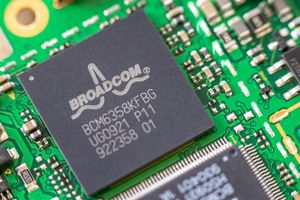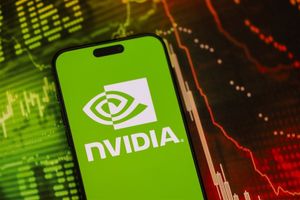Alume Biosciences, a late-clinical stage biotechnology company developing nerve-illuminating technology to enhance surgical safety, today announced the publication of first-in-human data from a Phase 1 clinical trial evaluating bevonescein (ALM-488) in head and neck surgeries. The original research article titled, “Intraoperative Nerve-Specific Fluorescence Imaging in Head and Neck Surgery: A Phase 1 Clinical Trial,” authored by Lee, Y., Orosco, R., et al., was published in Nature Communications.
Bevonescein is a novel fluorescent visualization drug designed to selectively illuminate nerves during surgery, helping to prevent inadvertent nerve injury and is currently being evaluated in ongoing Phase 3 clinical trials.
“Currently, many head and neck surgeries result in nerve injuries, which can be catastrophic for the patients,” said Eben L. Rosenthal, MD, Barry Baker Professor and Chair of the Department of Otolaryngology–Head and Neck Surgery at Vanderbilt University Medical Center and study senior author. “This first-in-human data demonstrate the safety of bevonescein and its potential to enhance nerve visualization in real time. It’s especially promising to see improvements in nerve conspicuity at the optimal dose.”
Key Findings:
- Fluorescence Superiority: Bevonescein provided enhanced nerve visualization with higher nerve conspicuity scores in fluorescent compared to white light. All participants demonstrated improved visible nerve length; 57% showed more than 20% improvement.
- Optimal Dose Defined: The optimal treatment dose of bevonescein was 500mg.
- Favorable Safety Profile: No dose-limiting toxicities or infusion reactions occurred. No surgeries were delayed or canceled due to the study drug.
“These data support our belief that bevonescein can help make surgery more precise by allowing surgeons to see nerves more clearly,” said Quyen Nguyen, MD, PhD, Founder and CEO of Alume Biosciences. “When Roger Tsien and I started work on bevonescein, our vision was to translate his Nobel Prize-winning discoveries regarding fluorescence into tools that directly improve surgical outcomes. This milestone brings us closer to that goal.”
“With the growing adoption of fluorescence guidance in surgery, it’s exciting to see this technology now applied to nerve identification,” said Ryan Orosco, MD, Associate Professor, University of New Mexico and the study’s co-lead author. “Bevonescein represents a paradigm shift in how we identify nerves during surgery, and ultimately how we improve patient outcomes.”
Study Overview
The dose-defining and dose-timing clinical trial enrolled 27 adults undergoing elective head and neck surgery including parotidectomy, thyroidectomy and cervical neck dissections. Participants received intravenous bevonescein at varying doses to assess safety, pharmacokinetics, and optimal visualization timing. Surgical visualization of bevonescein-enabled nerve fluorescence was performed using the Zeiss Tivato surgical microscope with Yellow 560. Surgeons assessed nerve visualization using 4-point Likert scale that measured conspicuity, visible nerve length, and delineation of branching.
About Bevonescein (ALM-488)
Bevonescein is Alume’s lead compound—a targeted fluorescent peptide-dye conjugate that binds to nerve tissue, enabling intraoperative nerve visualization. It is currently in Phase 3 clinical trials and is planned for New Drug Application (NDA) submission to the U.S. Food and Drug Administration in 2026.
About Alume Biosciences
Alume Biosciences is a biotechnology company pioneering nerve-targeted drugs to enhance surgical precision and preserve nerve function. Founded on a lead candidate co-invented by late Nobel Laureate Dr. Roger Tsien, Alume is committed to translating cutting-edge science into practical tools for surgeons and better outcomes for patients. Learn more at alumebiosciences.com and LinkedIn.
View source version on businesswire.com: https://www.businesswire.com/news/home/20250702694498/en/
“These data support our belief that bevonescein can help make surgery more precise by allowing surgeons to see nerves more clearly."
Contacts
Media Contact
Janine Bogris
Janine.bogris@inizioevoke.com
201-245-6838





